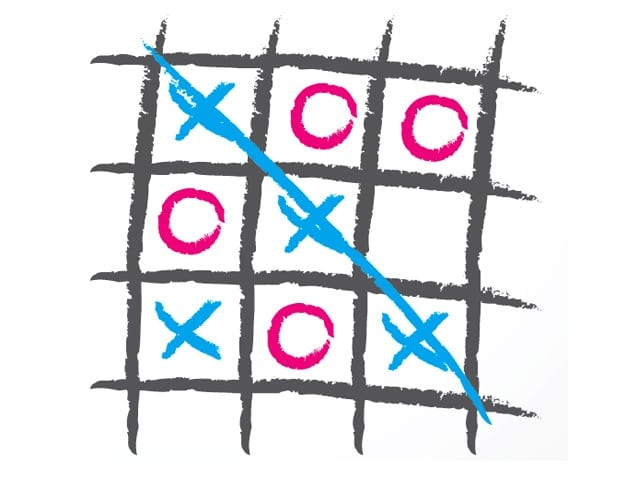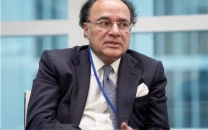Her right to education: Gender inequality major hurdle in access to education
New report says 11.3 per cent Pakistani girls are out of school.

Idara Taleem-o-Agahi (ITA) Research and Programme Coordinator Ayesha Bilal, while sharing a presentation on “Evidence on girls’ education: challenges of implementation in emergencies/conflict” brought forward the diverse gender gaps in education, which were perpetrated by conflict, most severely in the province of Balochistan and the Federally Administered Tribal Areas (Fata) according to ‘The Annual Status of Education Report (ASER), Pakistan’.
Bilal was speaking at a seminar titled, “Her right to education: ensuring quality education for all girls” organised by Idara-e-Taleem-o-Aagahi and Oxfam GB in collaboration with young activists and civil society members at a local hotel here on Thursday to throw light on the current statistics on education for girls and the challenges being faced by them in conflict areas in Pakistan.
A session in the consultation was conducted by members of Beydaar (a youth-led social work organisation) outlining the voice of youth for girls’ education and the efforts being made to bring girls at par with boys.
The seminar aimed at gauging the themes affecting girls’ education such as gender responsive budgeting, policy and law and international progress for the rights of girls’ education.
There are 11.3 per cent girls out of school, according to the ASER Pakistan Report (2013).
Additionally, gaps in learning outcomes for girls at the national level are lower than boys, where only 40 per cent of girls can read at least sentences in Urdu/Pushto/Sindhi in comparison to 46 per cent boys. Similarly, only 43 per cent and 38 per cent girls can read English words and do basic subtraction respectively. Vast differences also exist in some provinces with 17.3 per cent of girls being out-of-school in Balochistan and 15.4 per cent in Sindh.
The moderated session included panellists such as Saeedul Hassan, head of Girls Education Programme at Oxfam and Nargis Sultana, senior programme officer at Open Society Foundation.
They highlighted the urgent need to address the gaps in education and encouraged the youth to target parents who are reluctant to send their girls to school.
Issues such as the kidnapping of the 276 Nigerian girls, atrocities against the children of Gaza and Palestine, and the displacement of children in North Waziristan Agency and Khyber-Pakhtunkhwa were all thoroughly highlighted as challenges towards girl’s education.
A general debate among the audience brought forth the concrete issues on girls’ education such as access, quality and equity and how they play a vital role. The consultation concluded with a commitment by the youth, civil society organisations and other members of the community to work towards girls’ education and improve the gaps that plague the society.
Published in The Express Tribune, July 25th, 2014.



















COMMENTS
Comments are moderated and generally will be posted if they are on-topic and not abusive.
For more information, please see our Comments FAQ